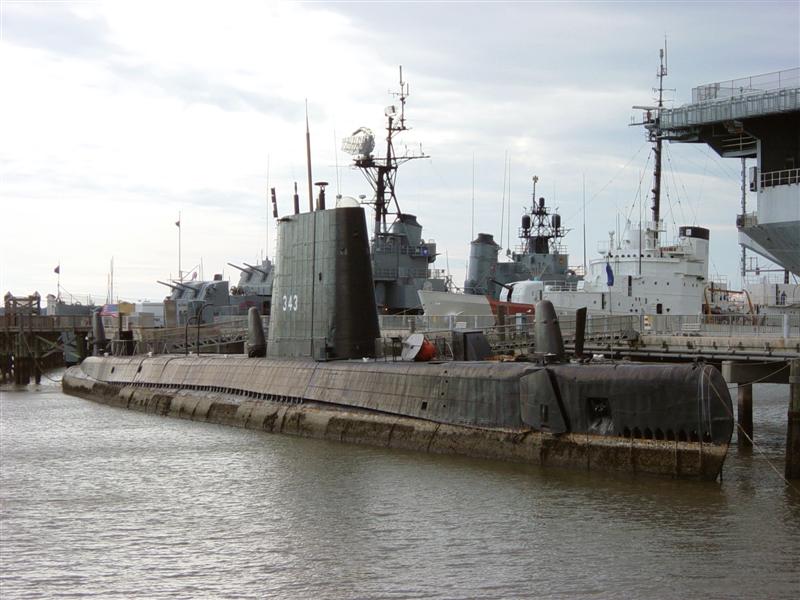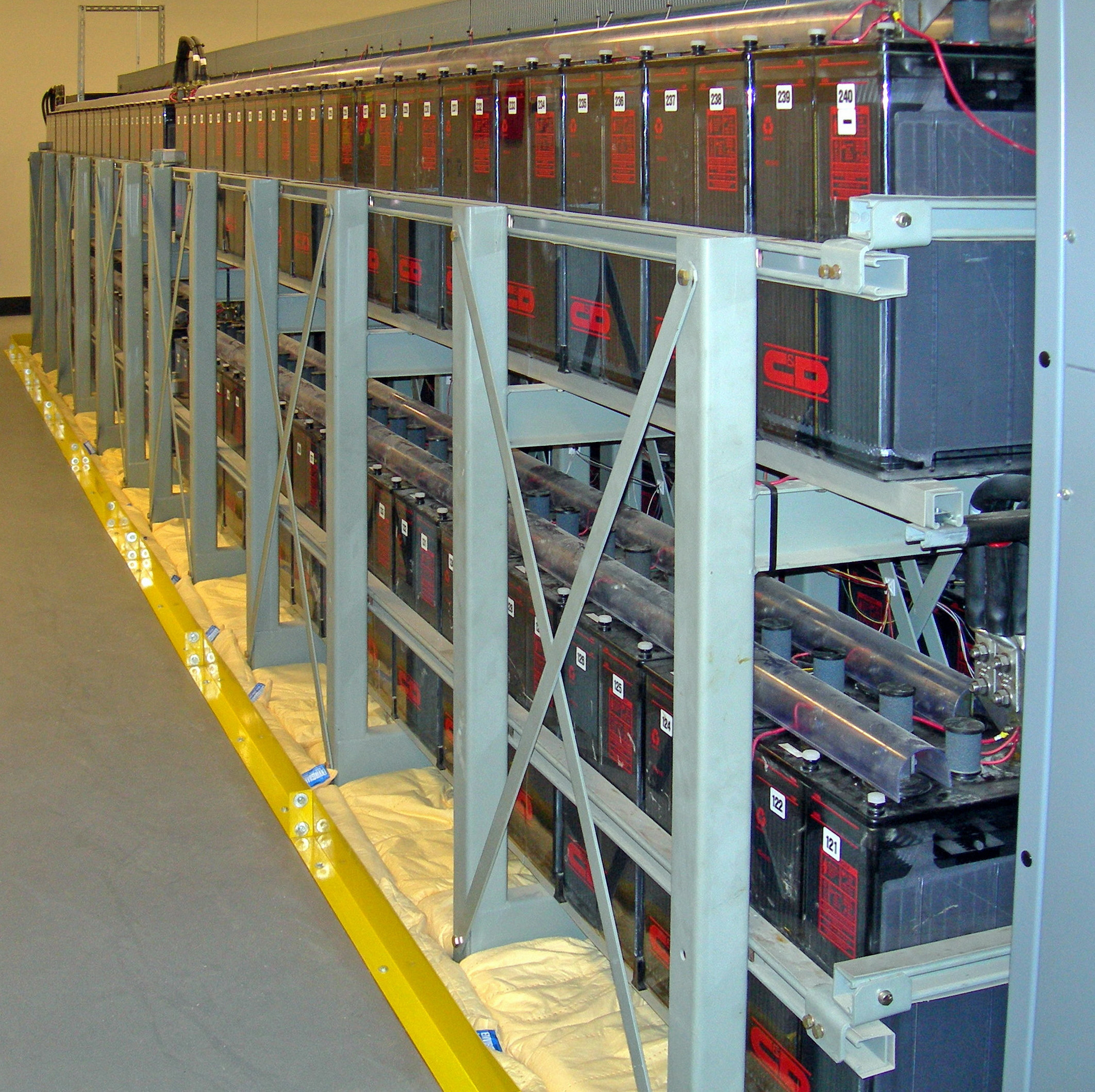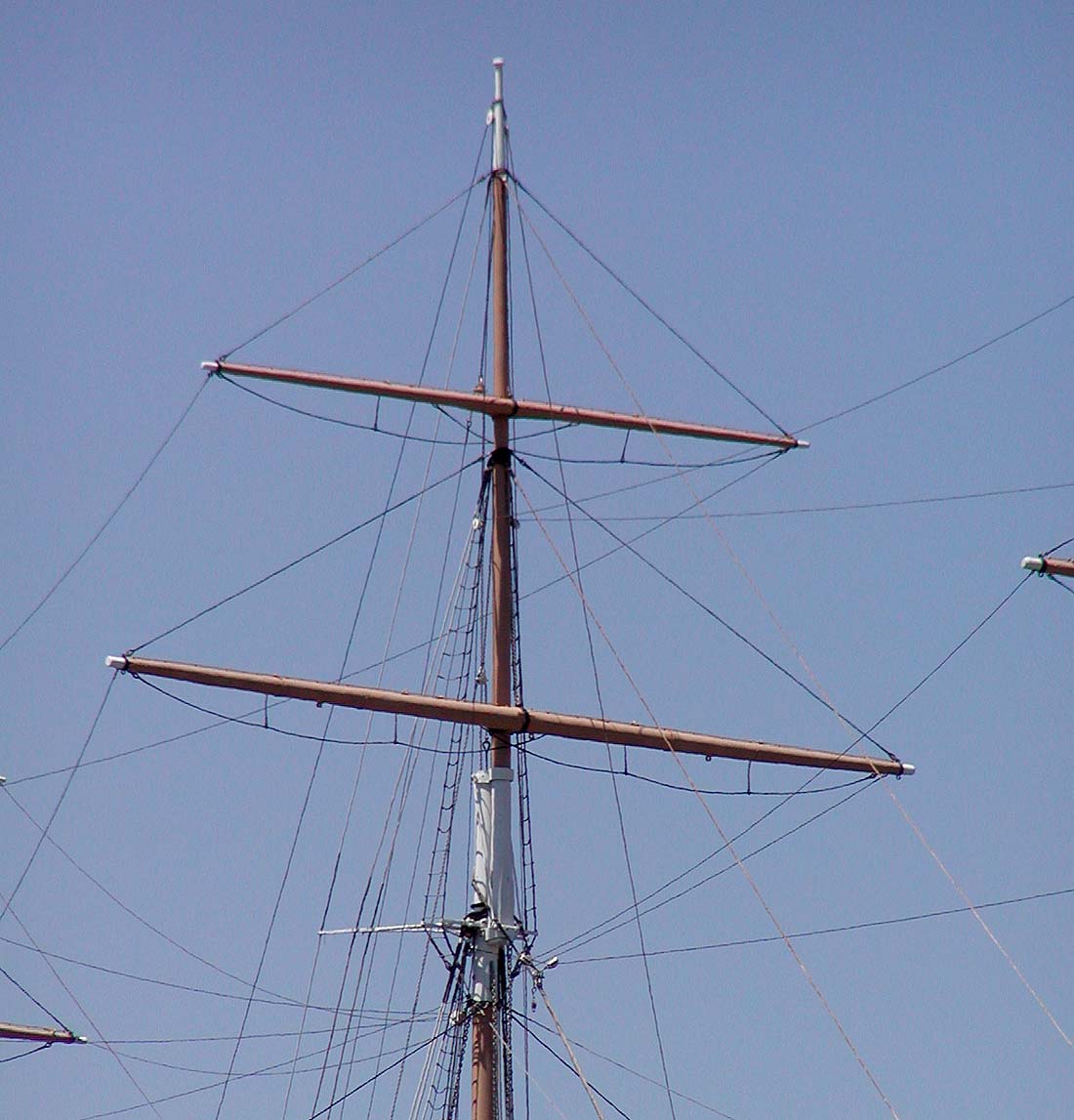|
Greater Underwater Propulsion Power Program
The Greater Underwater Propulsion Power Program (GUPPY) was initiated by the United States Navy after World War II to improve the submerged speed, maneuverability, and endurance of its submarines. (The "Y" in the acronym was added for pronounceability.) The navy began the program by testing and reverse engineering two German Type XXI U-boats— and —obtained as war reparation. That analysis led to four goals—increasing the submarines' battery capacity, streamlining the boats' structures, adding Submarine snorkel, snorkels, and improving Fire-control system, fire control systems. The navy immediately focused on designing a new class of submarine, but the Bureau of Ships believed the fleet of existing , , and submarines could be modified to incorporate the desired improvements. In June 1946, the Chief of Naval Operations approved the GUPPY project. The initial two-boat test program, implemented by the Portsmouth Naval Shipyard, eventually grew into several successive conversi ... [...More Info...] [...Related Items...] OR: [Wikipedia] [Google] [Baidu] |
USS Greenfish;0835105
USS may refer to: Arts, entertainment, and media * Ubiquitous Synergy Seeker, a Canadian band * Universal Studios Singapore, a theme park in Singapore Businesses and organizations * Union of Sovereign States, the planned successor to the Soviet Union * Union Switch & Signal, a supplier of railroad switching equipment * Union Syndicale Suisse, the Swiss Trade Union Confederation * United Seamen's Service, a non-profit, federally chartered organization founded in 1942 * United State of Saurashtra, a separate, western State within the Union of India from 1948 until 1956 * United States Senate, the upper chamber of the United States Congress * U.S. Steel Corporation * USA Swimming, formerly United States Swimming, the national governing body for competitive swimming in the US * Universities Superannuation Scheme, a pension scheme in the United Kingdom * United Peasant Party (''Ujedinjena seljačka stranka''), a political party in Serbia Computing * Unformatted System Services, the m ... [...More Info...] [...Related Items...] OR: [Wikipedia] [Google] [Baidu] |
Ship Characteristics Board
The Ship Characteristics Board was a unit of the United States Navy. The purpose of the Ship Characteristics Board was to coordinate the creation of 'ship characteristics' that are essential to the design of naval combatants and auxiliaries. Coordination was required because the operators and the designers of ships had different interests, perceptions, concepts, and constraints: as summarized by the naval historian Norman Friedman, "How to achieve the best possible compromise among competing bureaus has been one of the great dilemmas of 20th-century U.S. naval administration." This list of SCB projects is a useful exposition of the U.S. Navy's shipbuilding priorities in the first half of the Cold War. History The Ship Characteristics Board was founded in 1945 under the Office of the Chief of Naval Operations / OpNav. It was created after the body previously responsible for coordinating ships characteristics, the General Board, had been seen as ineffective in a series of ear ... [...More Info...] [...Related Items...] OR: [Wikipedia] [Google] [Baidu] |
Alternating Current
Alternating current (AC) is an electric current that periodically reverses direction and changes its magnitude continuously with time, in contrast to direct current (DC), which flows only in one direction. Alternating current is the form in which electric power is delivered to businesses and residences, and it is the form of electrical energy that consumers typically use when they plug kitchen appliances, televisions, Fan (machine), fans and electric lamps into a wall socket. The abbreviations ''AC'' and ''DC'' are often used to mean simply ''alternating'' and ''direct'', respectively, as when they modify ''Electric current, current'' or ''voltage''. The usual waveform of alternating current in most electric power circuits is a sine wave, whose positive half-period corresponds with positive direction of the current and vice versa (the full period is called a ''wave cycle, cycle''). "Alternating current" most commonly refers to power distribution, but a wide range of other appl ... [...More Info...] [...Related Items...] OR: [Wikipedia] [Google] [Baidu] |
Hertz
The hertz (symbol: Hz) is the unit of frequency in the International System of Units (SI), often described as being equivalent to one event (or Cycle per second, cycle) per second. The hertz is an SI derived unit whose formal expression in terms of SI base units is 1/s or s−1, meaning that one hertz is one per second or the Inverse second, reciprocal of one second. It is used only in the case of periodic events. It is named after Heinrich Hertz, Heinrich Rudolf Hertz (1857–1894), the first person to provide conclusive proof of the existence of electromagnetic waves. For high frequencies, the unit is commonly expressed in metric prefix, multiples: kilohertz (kHz), megahertz (MHz), gigahertz (GHz), terahertz (THz). Some of the unit's most common uses are in the description of periodic waveforms and musical tones, particularly those used in radio- and audio-related applications. It is also used to describe the clock speeds at which computers and other electronics are driven. T ... [...More Info...] [...Related Items...] OR: [Wikipedia] [Google] [Baidu] |
Storage Battery
A rechargeable battery, storage battery, or secondary cell (formally a type of energy accumulator), is a type of electrical battery which can be charged, discharged into a load, and recharged many times, as opposed to a disposable or primary battery, which is supplied fully charged and discarded after use. It is composed of one or more electrochemical cells. The term "accumulator" is used as it accumulates and stores energy through a reversible electrochemical reaction. Rechargeable batteries are produced in many different shapes and sizes, ranging from button cells to megawatt systems connected to stabilize an electrical distribution network. Several different combinations of electrode materials and electrolytes are used, including lead–acid, zinc–air, nickel–cadmium (NiCd), nickel–metal hydride (NiMH), lithium-ion (Li-ion), lithium iron phosphate (LiFePO4), and lithium-ion polymer (Li-ion polymer). Rechargeable batteries typically initially cost mor ... [...More Info...] [...Related Items...] OR: [Wikipedia] [Google] [Baidu] |
Drag (physics)
In fluid dynamics, drag, sometimes referred to as fluid resistance, is a force acting opposite to the direction of motion of any object moving with respect to a surrounding fluid. This can exist between two fluid layers, two solid surfaces, or between a fluid and a solid surface. Drag forces tend to decrease fluid velocity relative to the solid object in the fluid's path. Unlike other resistive forces, drag force depends on velocity. Drag force is proportional to the relative velocity for low-speed flow and is proportional to the velocity squared for high-speed flow. This distinction between low and high-speed flow is measured by the Reynolds number. Drag is instantaneously related to vorticity dynamics through the Josephson-Anderson relation. Examples Examples of drag include: * Net force, Net Aerodynamic force, aerodynamic or Fluid dynamics, hydrodynamic force: Drag acting opposite to the direction of movement of a solid object such as cars, aircraft, and boat hulls. * Viscou ... [...More Info...] [...Related Items...] OR: [Wikipedia] [Google] [Baidu] |
Hydrodynamic
In physics, physical chemistry and engineering, fluid dynamics is a subdiscipline of fluid mechanics that describes the flow of fluids – liquids and gases. It has several subdisciplines, including (the study of air and other gases in motion) and (the study of water and other liquids in motion). Fluid dynamics has a wide range of applications, including calculating forces and moments on aircraft, determining the mass flow rate of petroleum through pipelines, predicting weather patterns, understanding nebulae in interstellar space, understanding large scale geophysical flows involving oceans/atmosphere and modelling fission weapon detonation. Fluid dynamics offers a systematic structure—which underlies these practical disciplines—that embraces empirical and semi-empirical laws derived from flow measurement and used to solve practical problems. The solution to a fluid dynamics problem typically involves the calculation of various properties of the fluid, such a ... [...More Info...] [...Related Items...] OR: [Wikipedia] [Google] [Baidu] |
Radar Mast
The mast of a sailing vessel is a tall spar, or arrangement of spars, erected more or less vertically on the median line of a ship or boat. Its purposes include carrying sails, spars, and derricks, giving necessary height to a navigation light, look-out position, signal yard, control position, radio aerial, or signal lamp. Large ships have several masts, with the size and configuration depending on the style of ship. Nearly all sailing masts are guyed. Until the mid-19th century, all vessels' masts were made of wood formed from a single or several pieces of timber which typically consisted of the trunk of a conifer tree. From the 16th century, vessels were often built of a size requiring masts taller and thicker than from single tree trunks. On these larger vessels, to achieve the required height, the masts were built from up to four sections (also called masts). From lowest to highest, these were called: lower, top, topgallant, and royal masts. Giving the lower sections ... [...More Info...] [...Related Items...] OR: [Wikipedia] [Google] [Baidu] |
Periscope
A periscope is an instrument for observation over, around or through an object, obstacle or condition that prevents direct line-of-sight observation from an observer's current position. In its simplest form, it consists of an outer case with mirrors at each end set parallel to each other at a 45° angle. This form of periscope, with the addition of two simple lenses, served for observation purposes in the trenches during World War I. Military personnel also use periscopes in some gun turrets and in Armored car (military), armoured vehicles. More complex periscopes using Prism (optics), prisms or advanced Optical fiber, fiber optics instead of mirrors and providing magnification operate on submarines and in various fields of science. The overall design of the classical submarine periscope is very simple: two telescopes pointed into each other. If the two telescopes have different individual magnification, the difference between them causes an overall magnification or reduction. ... [...More Info...] [...Related Items...] OR: [Wikipedia] [Google] [Baidu] |
USS Pomodon (SS-486) After GUPPY I Modernisation C1948
USS ''Pomodon'' (SS-486), a ''Tench''-class submarine, was the only ship of the United States Navy to be named for the ''Pomodon'' (an obsolete synonym for '' Hemilutjanus'') genera of snapper. Construction and commissioning ''Pomodon''′s keel was laid down on 29 January 1945 by the Portsmouth Navy Yard in Kittery, Maine. She was launched on 12 June 1945 sponsored by Mrs. Lorena Neff, and commissioned on 11 September 1945. Departure Departing Portsmouth 6 January 1946, ''Pomodon'' slipped through the Cape Cod Canal and set her course for the Panama Canal Zone for further training. By May the submarine was back north to New London, Connecticut, for several days operations before an availability and upkeep period at New London. Slipping out of the Submarine Base at New London, ''Pomodon'' set her course southward again; transited the Panama Canal arriving San Diego, California, on 12 October, and joined Submarine Squadron 3. After alterations at Mare Island from 25 Octo ... [...More Info...] [...Related Items...] OR: [Wikipedia] [Google] [Baidu] |
Conning Tower
A conning tower is a raised platform on a ship or submarine, often armoured, from which an officer in charge can conn (nautical), conn (conduct or control) the vessel, controlling movements of the ship by giving orders to those responsible for the ship's engine, rudder, lines, and ground tackle. It is usually located as high on the ship as is practical, to give the conning team good visibility of the entirety of the ship, ocean conditions, and other vessels. The naval term "conn" may derive from the Middle English ''conne'' (study, become acquainted with) or French ''conduire'' from Latin ''conducere'' (conduct). Surface ships On surface ships, the conning tower was a feature of all battleships and armored cruiser, armoured cruisers from about 1860 to the early years of World War II. Located at the front end of the superstructure, the conning tower was a heavily armored cylinder, with tiny slit windows on three sides providing a reasonable field of view. Designed to shield j ... [...More Info...] [...Related Items...] OR: [Wikipedia] [Google] [Baidu] |
Sail (submarine)
In naval parlance, the sail (American usage) or fin (British/Commonwealth usage) (also known as a fairwater) of a submarine is the tower-like structure found on the dorsal (topside) surface of submarines. Submarine sails once housed the conning tower (command and communications data center), and continue to house the periscope(s), radar and communications masts ( antenna). When above the water's surface, the sail serves as an observation platform. It also provides an entrance and exit point on the submarine that has enough freeboard to prevent the submarine being swamped. Under water, the sail acts as a vertical stabilizer A vertical stabilizer or tail fin is the static part of the vertical tail of an aircraft. The term is commonly applied to the assembly of both this fixed surface and one or more movable rudders hinged to it. Their role is to provide control, sta .... In some submarines, the sail also supports diving planes (or fairwater planes), which are control surface ... [...More Info...] [...Related Items...] OR: [Wikipedia] [Google] [Baidu] |






